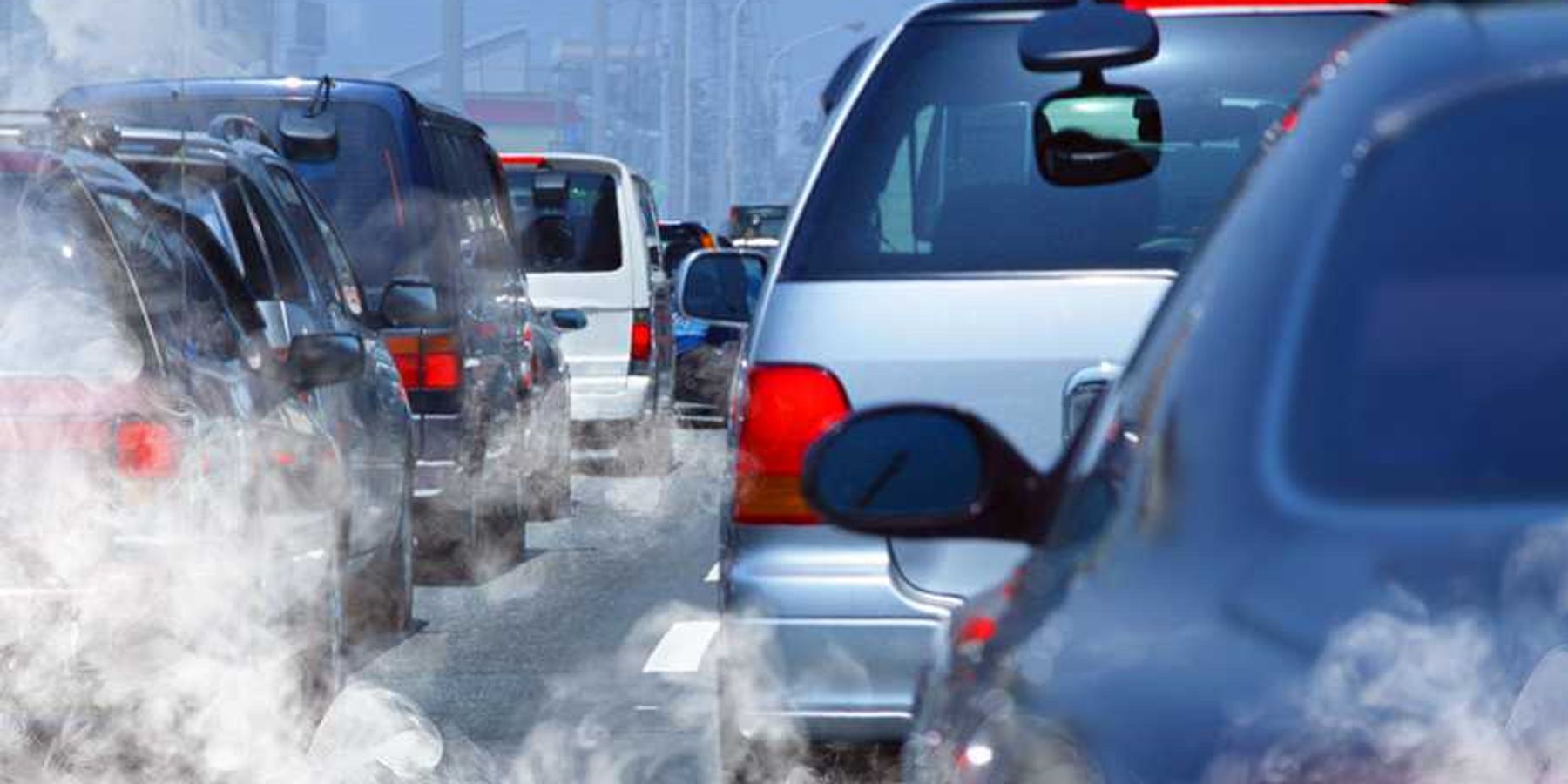melting permafrost
Melting Alaskan permafrost releases dangerous mercury levels
Thawing permafrost in Alaska's Yukon River is releasing alarming amounts of mercury, posing a significant threat to local Indigenous communities.
In short:
- A new study reveals that melted permafrost is releasing more mercury than previously estimated, with serious implications for human health.
- The mercury release could potentially contaminate fish, a critical food source for Alaska Native peoples, though further research is needed.
- The study highlights the broader risks of climate change to both the environment and Indigenous cultures.
Key quote:
“It has that sense of a bomb that’s going to go off.”
— Josh West, professor of earth sciences and environmental studies at USC
Why this matters:
Mercury poisoning is a severe health risk, especially for vulnerable populations like pregnant women and children. The loss of traditional food sources and cultural practices due to contamination could further harm Indigenous communities.
Related EHN coverage:
A major alarm is flashing under Greenland’s ice
The melting glaciers of Svalbard offer an ominous glimpse of more warming to come
New research reveals what one scientist called a “very stark image of climate change” as methane leaks from springs exposed by the glaciers’ retreat.
A warming Siberia, wracked by wildfires, nears a crucial threshold
Native guardians: Canada’s First Nations move to protect their lands
Faced with mounting impacts from warming and a push for resource development, Indigenous communities in northern Canada are setting aside vast areas for protection and partnering with scientists on research that can help conserve their lands and way of life.









